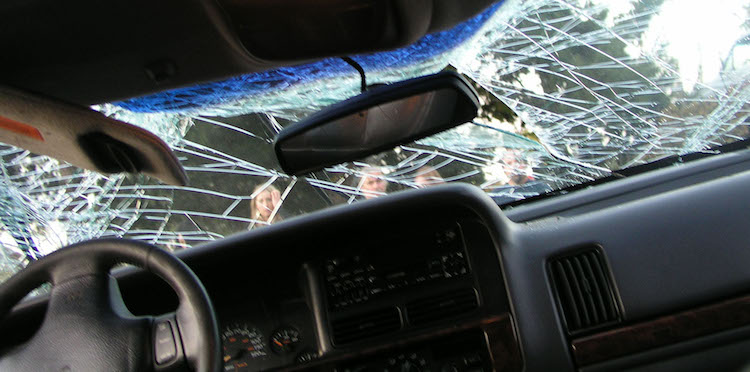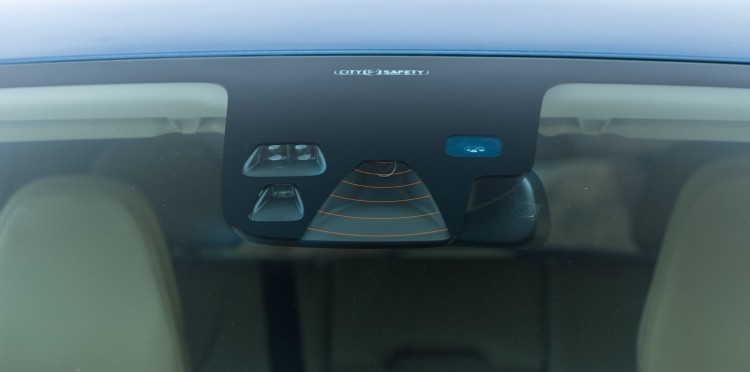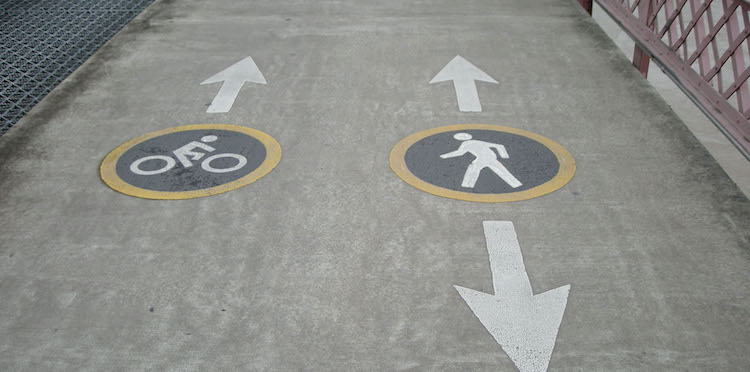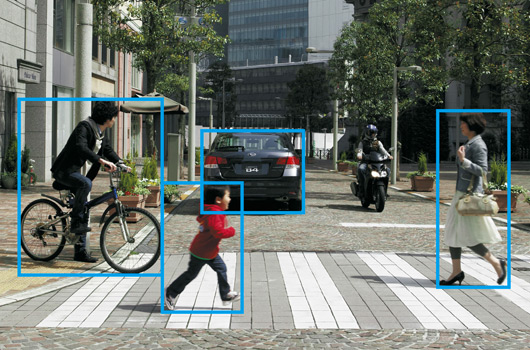In those seconds when concentration is lost and our minds or eyes are elsewhere, the car in front could suddenly brake or a car could cut in unexpectedly.

Modern car safety systems, like forward collision detection, can help spot danger and warn the driver. Autonomous emergency braking (AEB) goes one step further and can automatically apply the brakes.
When it comes to active safety features AEB is changing the game – in fact it could save your life. The technology can potentially help lessen the impact of a crash, or in some circumstances even prevent a prang from happening.
As AEB technology is still relatively young, manufacturers are constantly tweaking or overhauling systems. These systems vary but can be loosely classified as low-speed, high-speed and pedestrian.
Low-speed systems generally use lidar technology to scan the environment and are useful in urban environments and slow moving or stop-start traffic. Lidar is essentially an eye-safe laser light that is emitted and bounces off objects within a close vicinity, 12m or less, and measures distance based on how long the beam takes to return.

It scans the environment many times per second and gets a sense for what is around and the speeds objects are moving at. When it identifies a change that could pose a threat, the system will pre-arm the brakes and even brake automatically if the driver doesn’t respond. Some also provide visual warnings like flashing lights, and sound alerts to get the drivers attention.
City Brake Control from Fiat, Active City Stop from Ford, City Emergency Brake from Volkswagen and City Safety from Volvo are all examples of this type of low-speed AEB system, but there are more.

When it comes to high-speed AEB systems, these are radar and/or camera-based and work over a greater distance, usually between 80 and 200m. Radio waves sent out by the radar are reflected back by metallic objects.
Based on the time it takes for the echo to come back, the system can figure out how far away the obstacle is and the distance it’s moving at.
These long-range scanning systems can work at much higher speeds like highways. If a potential collision is detected, it will also employ visual or audible warnings and pre-arm the brakes. It will also jump in and brake for you to try and avoid a collision or minimise the impact.
Mitsubishi has Forward Collision Mitigation, Skoda has Front Assist, Audi has Pre Sense Front, Volkswagen has Front Assist, and Lexus has Pre-Collision Braking, just to name a few. Subaru uses cameras exclusively for its Eyesight system.
Most AEB systems aren’t capable of identifying and monitoring the movements of cyclists or pedestrians. They’re smaller than cars, move differently and are less shiny.
The unpredictability of human behavior makes it difficult to model algorithmically to reduce the chance of false interventions. Most Autonomous Emergency Braking systems are programmed to ignore the sporadic behavior and focus on the larger objects that are more likely to be cars, trucks etc.
However there are a few systems out there capable of detecting pedestrians and cyclists. Volvo has developed Collision Warning with Full Auto Brake and Pedestrian and Cyclist Detection (that’s a mouthful!), Mercedes-Benz has Pre-Safe Brake with Pedestrian Detection, BMW has Driving Assistant and the Subaru Eyesight system can also be included on this list.

There are plenty of vehicles available with Autonomous Emergency Braking as standard or as an option – and as the technology develops and minimum safety standards and expectations are raised – we will see more and more new cars offered with AEB.
The Carousel thanks Tegan Lawson from Car Advice for this article








